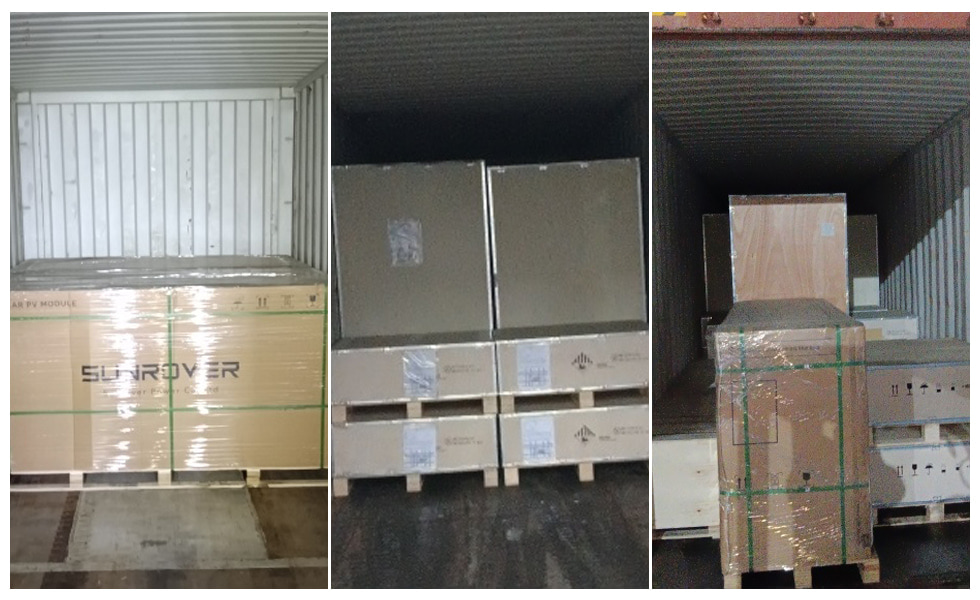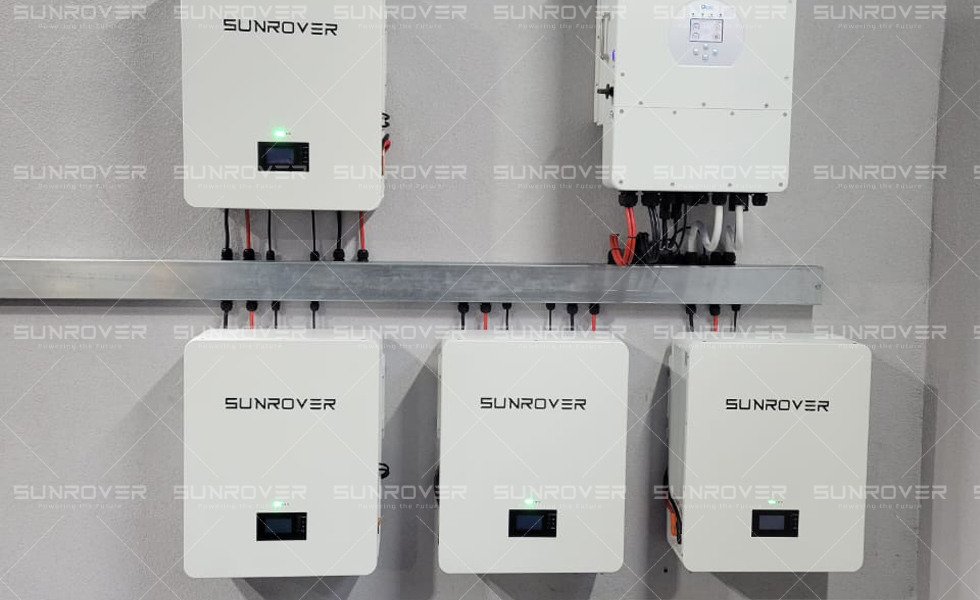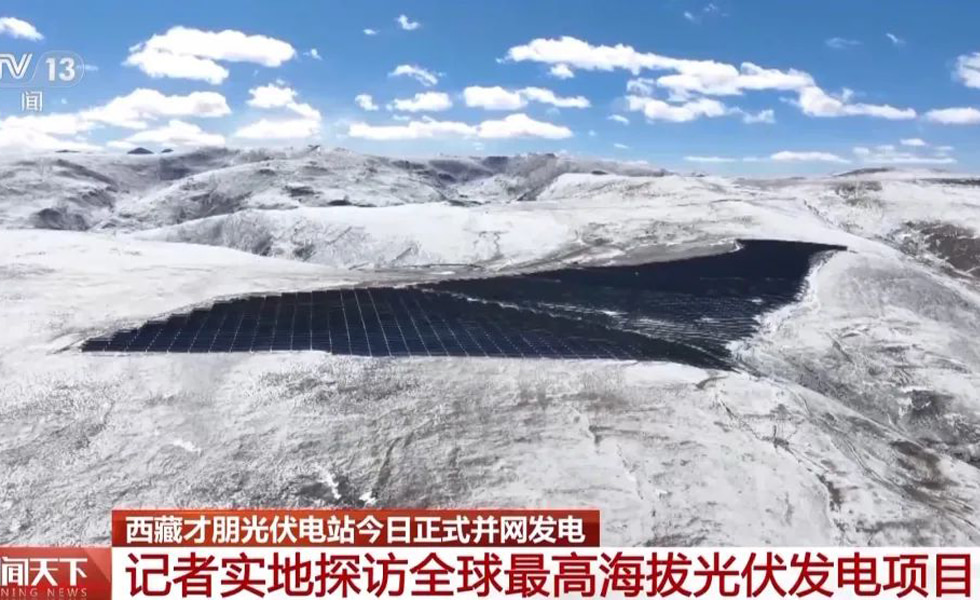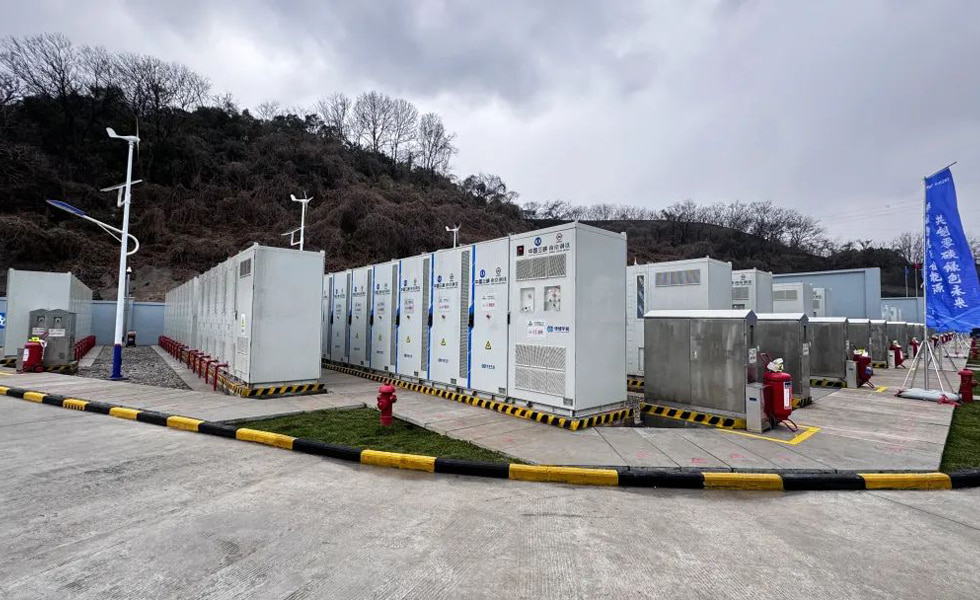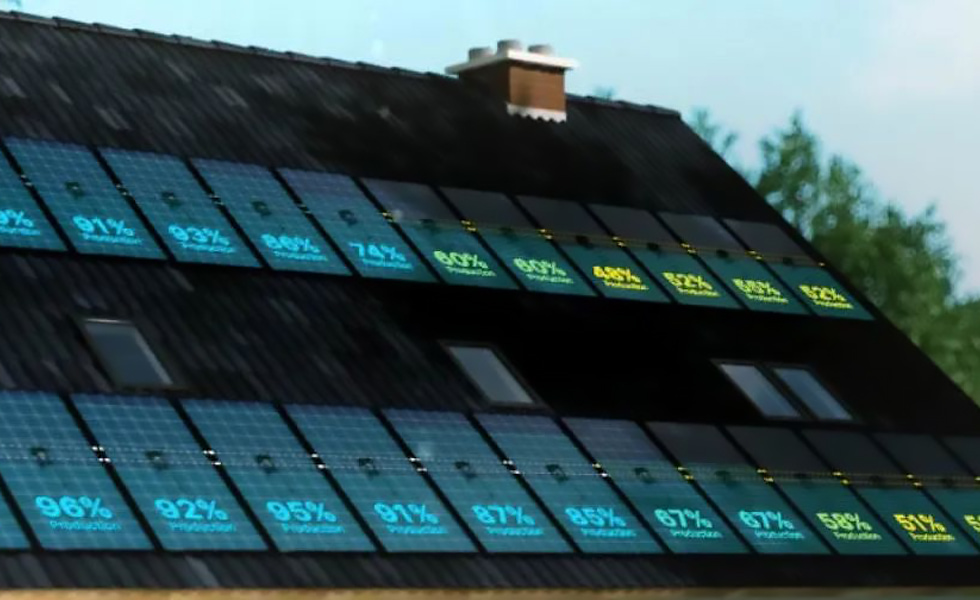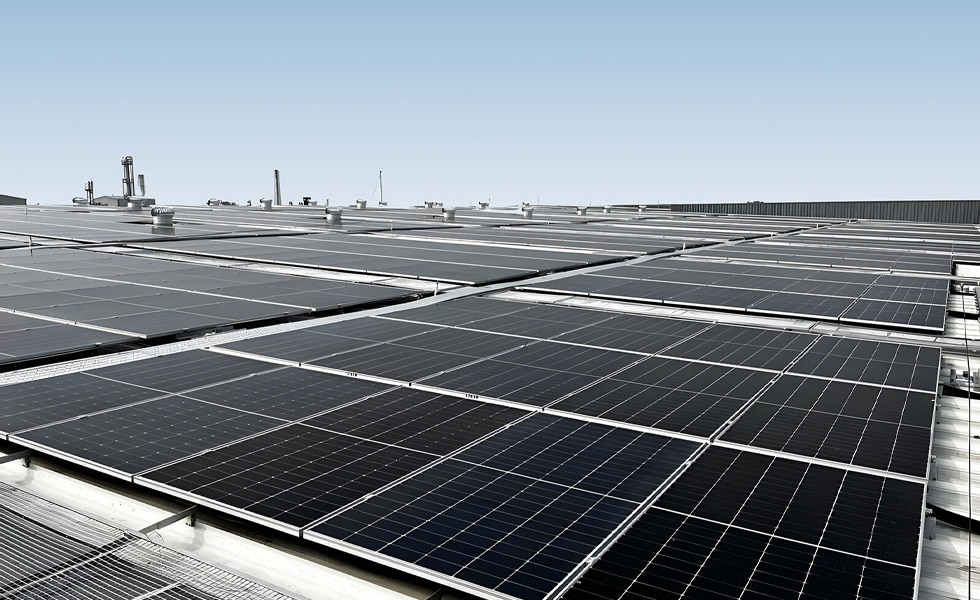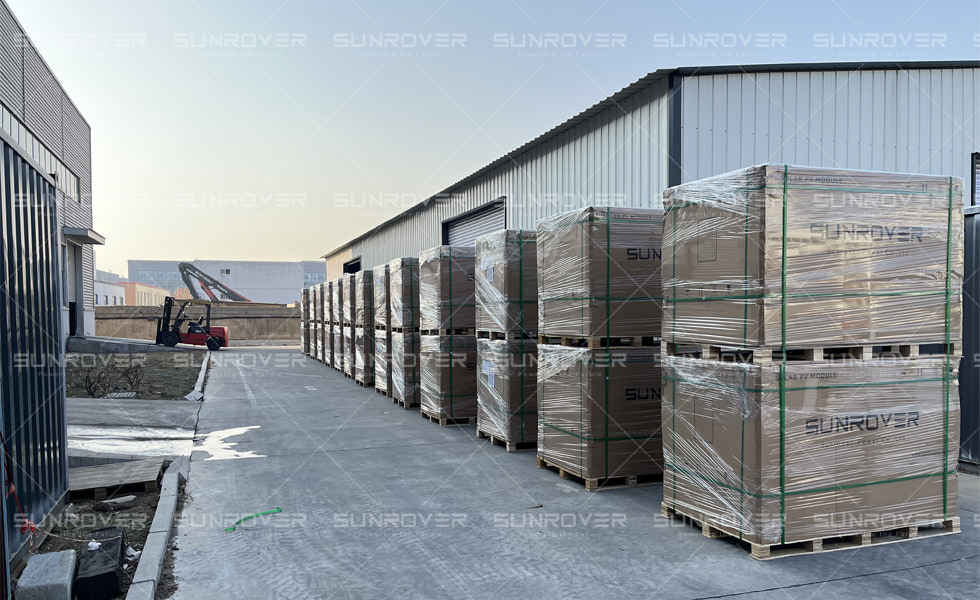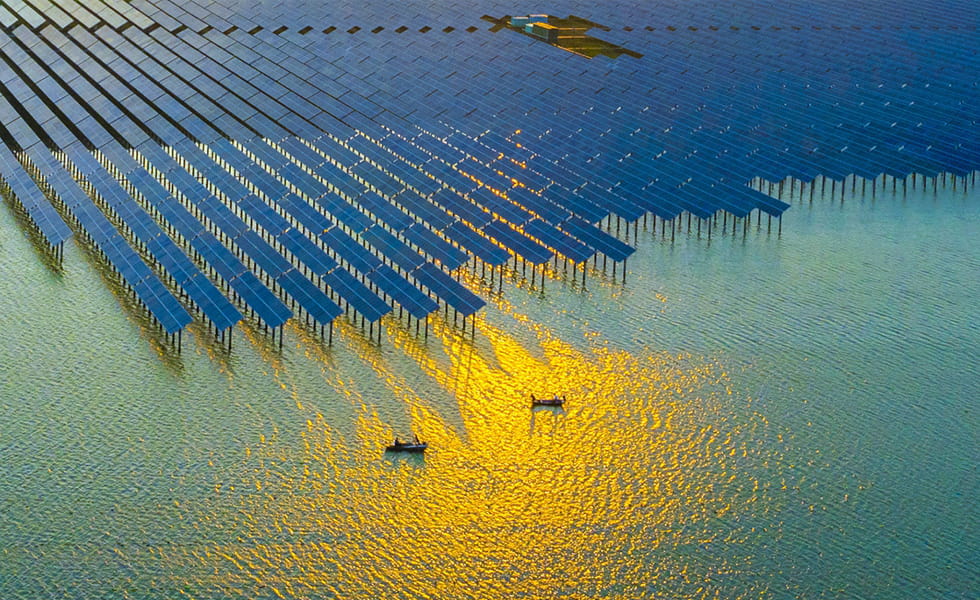Czech Republic adds 970MWp solar PV plants to grid in 2023
January 17, 2024
Czechia recorded a significant increase in installed solar capacity last year, with about 970MWp of capacity added to the grid. However, the growth was mainly driven by household rooftop solar, according to the Czech Solar Association. Last year, a total of 82,799 solar power plants were connected to the grid in Czechia, with a total installed capacity of 970.1MWp, representing a 236% increase from 2022’s 289.1MWp. The number of solar power plants increased by 145%, from 49,000 in 2022 to 82,799 in 2023. Of the new solar power plants, 80,069 (96.7%) were from household rooftops, with a total output of 823.3MWp. The average size of domestic PV plants was 10.3kWp last year, up from 6.7kWp in 2022. 92% of families chose a solution combined with battery storage with an average capacity of 12kWh, up from 11.7kWh in 2022. The Czech Solar Association said the driver of residential sector growth was the New Green Savings programme. According to the Czech government, the programme aims to achieve energy savings in final consumption, with measurement including the development of solar PV systems. In contrast, there were only 2,730 company and land-based solar PV plants added last year, with a total output of about 140MWp. Among these solar PV plants, 25 boasted a capacity of over 1MWp. “The growth was driven by rooftop power plants for family homes or companies. However, if we want to use the potential of solar energy in the Czech Republic and, above all, to prepare for the shutdown of coal-fired power plants earlier than expected, we must increase the construction of solar parks,” said Jan Krčmář, director of the Czech Solar Association. Moreover, the total output of all solar power PV plants in Czechia last year reached almost 3.5GW. In total, more than 170,000 solar power plants were connected to the grid, of which more than 150,000 were on the roofs of family houses. Moving forward, the Czech Solar Association said it expects more investors to build larger solar PV plants, subsidised by the European Commission’s Modernisation Fund. The fund focuses on several areas, including the generation and use of energy from renewable sources.
